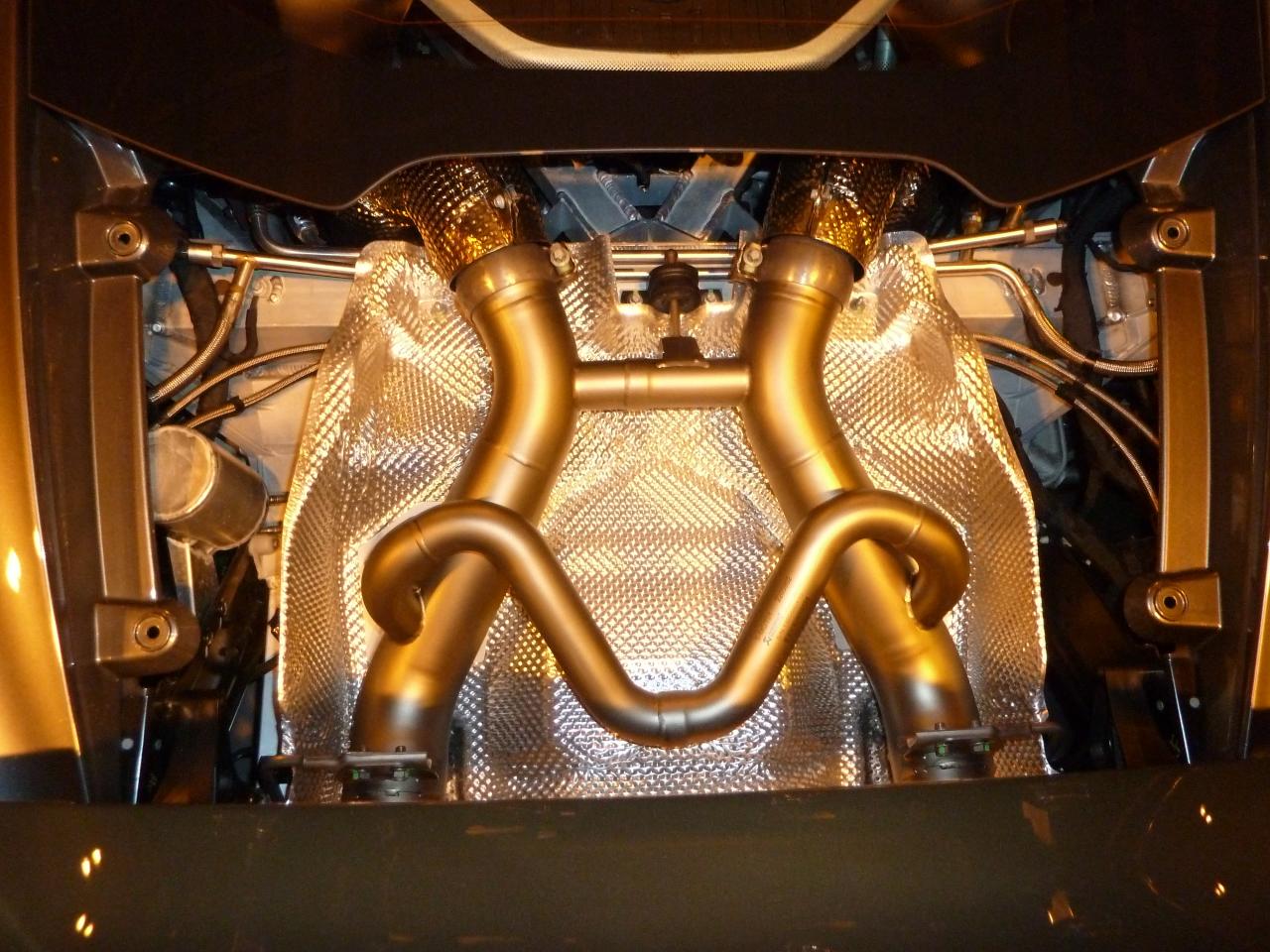Thought I'd share a few pics from the Autosport Engineering show which I attended on Friday. My main interest was in the electronics and particularly the dash displays and cockpit switchgear as that is the last bit of work we have to do on the track toy project.
Honda K20 - Titan Dry Sump Conversion


Interesting exhaust manifold heat shielding from
http://www.SStubetechnology.com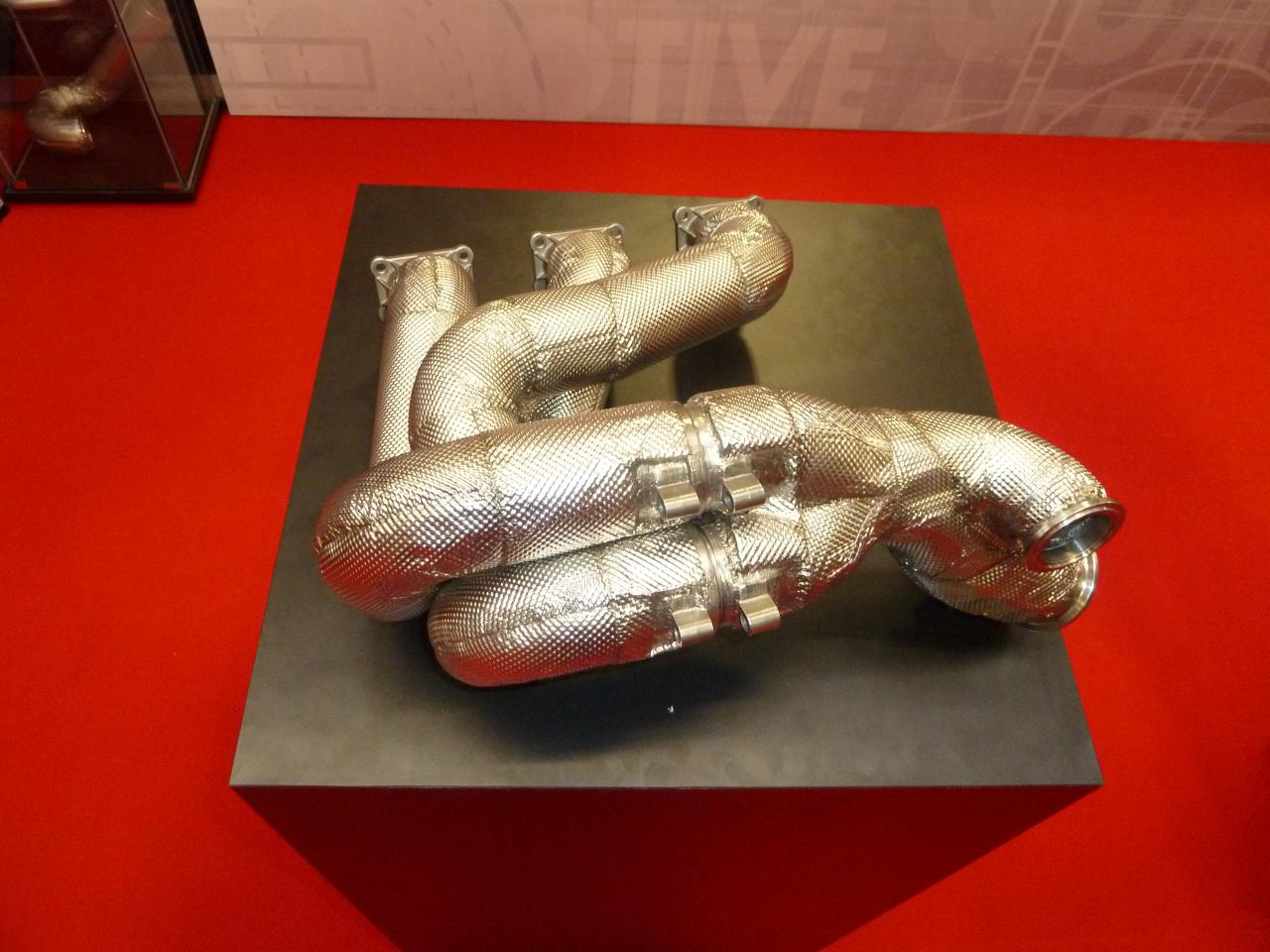
Ford Escort Mk1 dashboard switchgear layout. Mainly for comparison with the modern cars dash and switches.
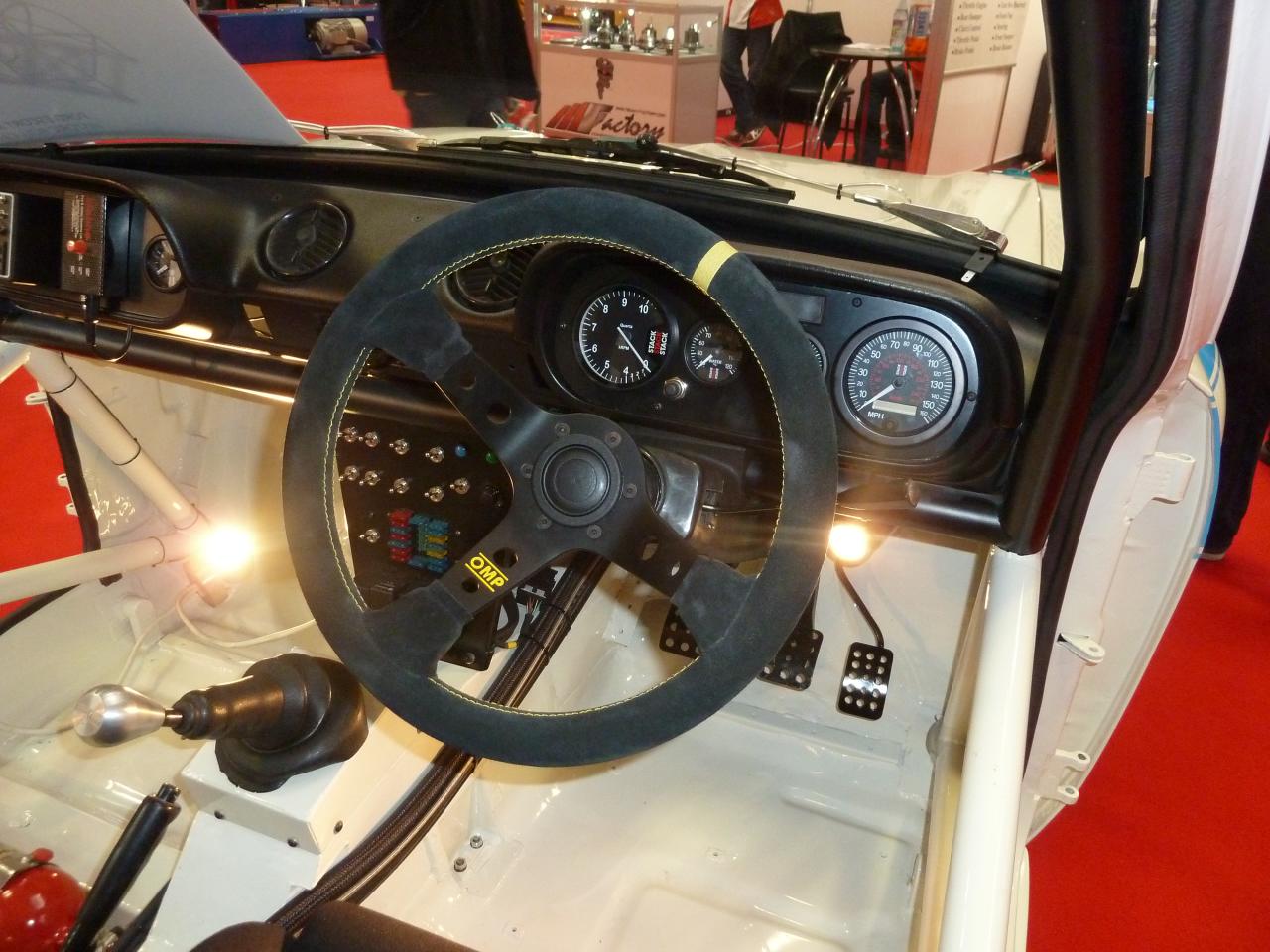
Dallara built SRT-01E Formula E uses a McLaren supplied all-electric powertrain
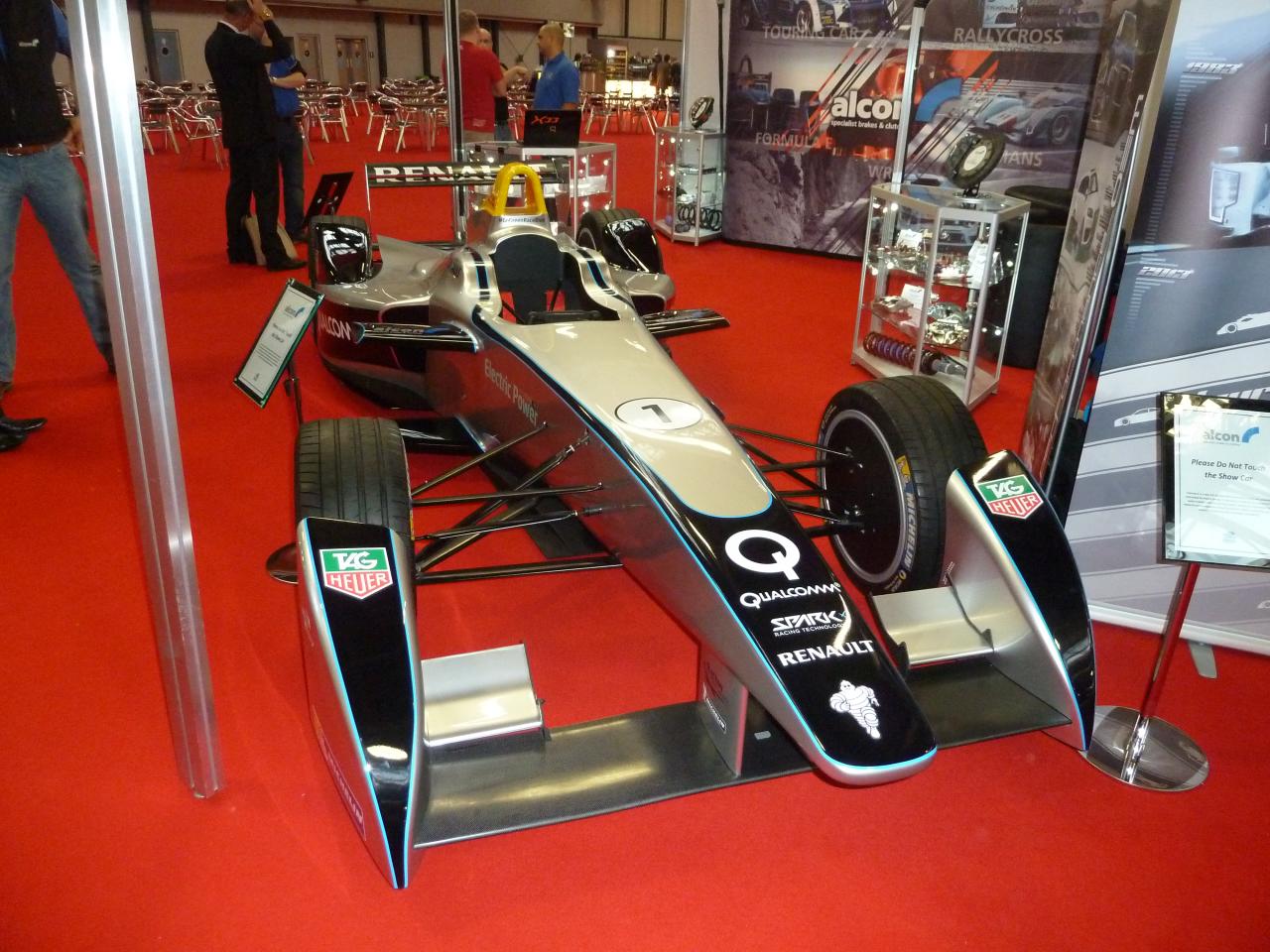
JMW run Ferrari 458 Italia.
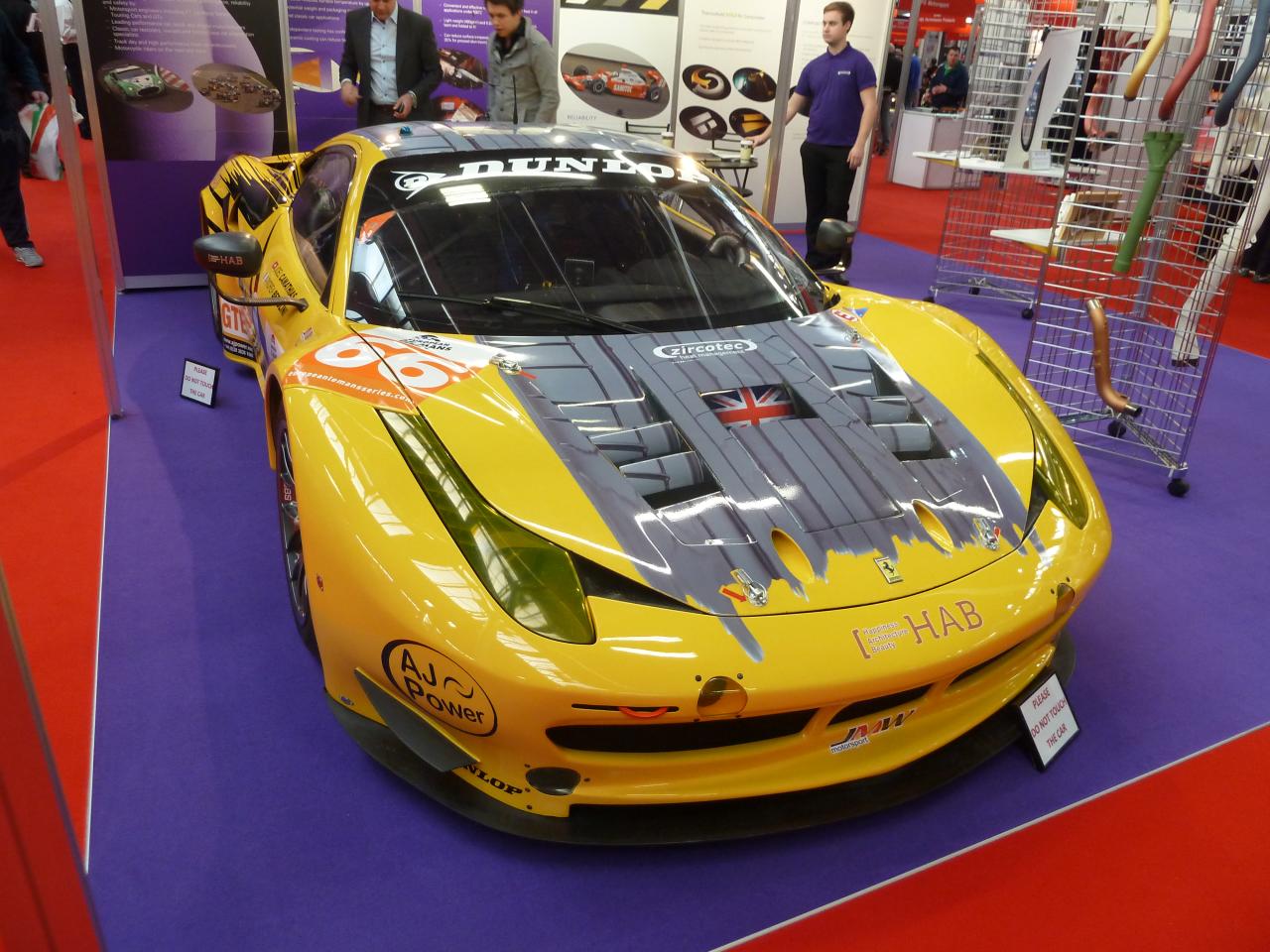
Engine access looks like a nightmare!

Cockpit instrument and switchgear detail. Visible on the original pic is the yellow Panic button on the bottom left of the steering wheel! I wonder what that does if you push it?
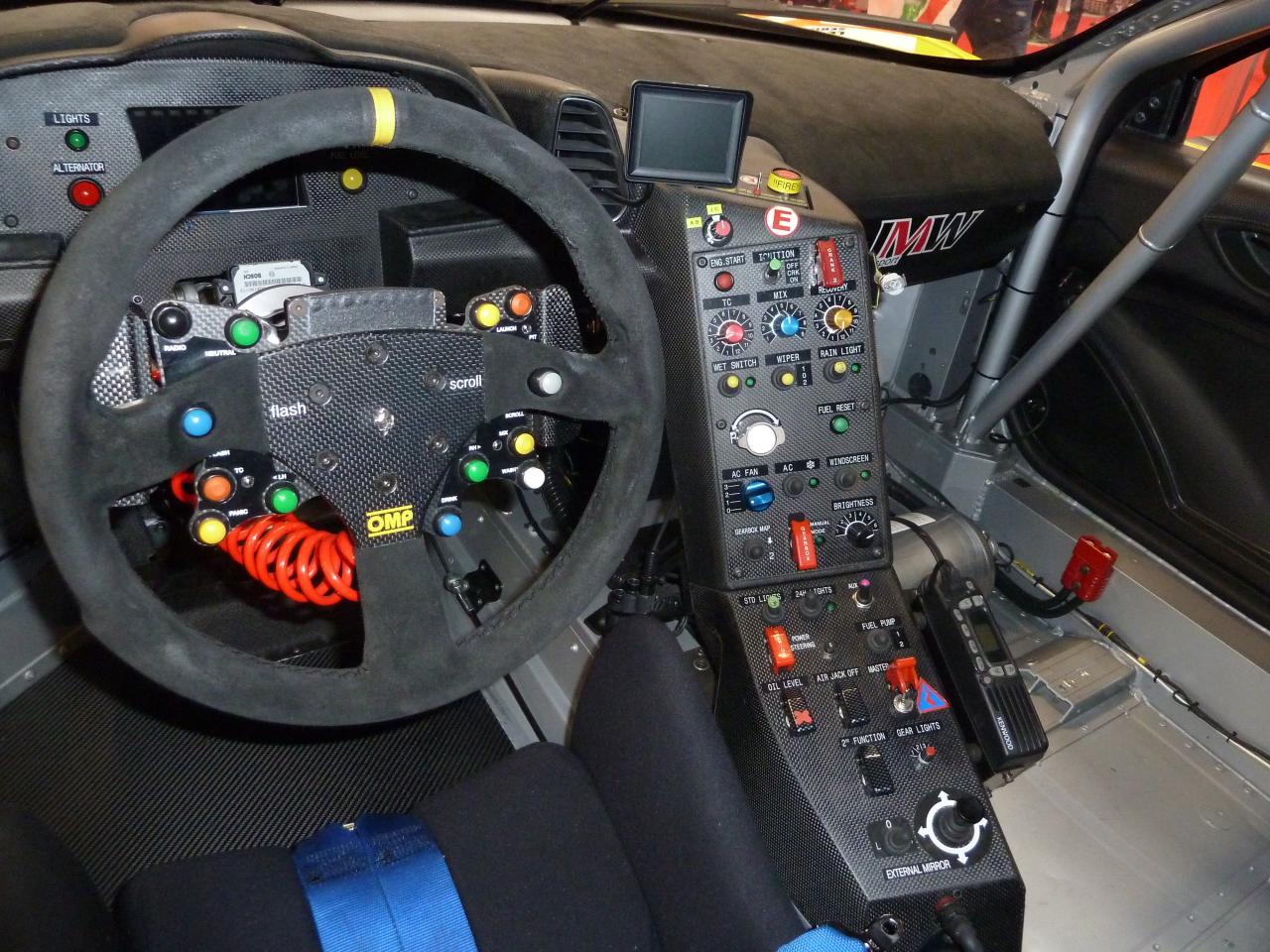
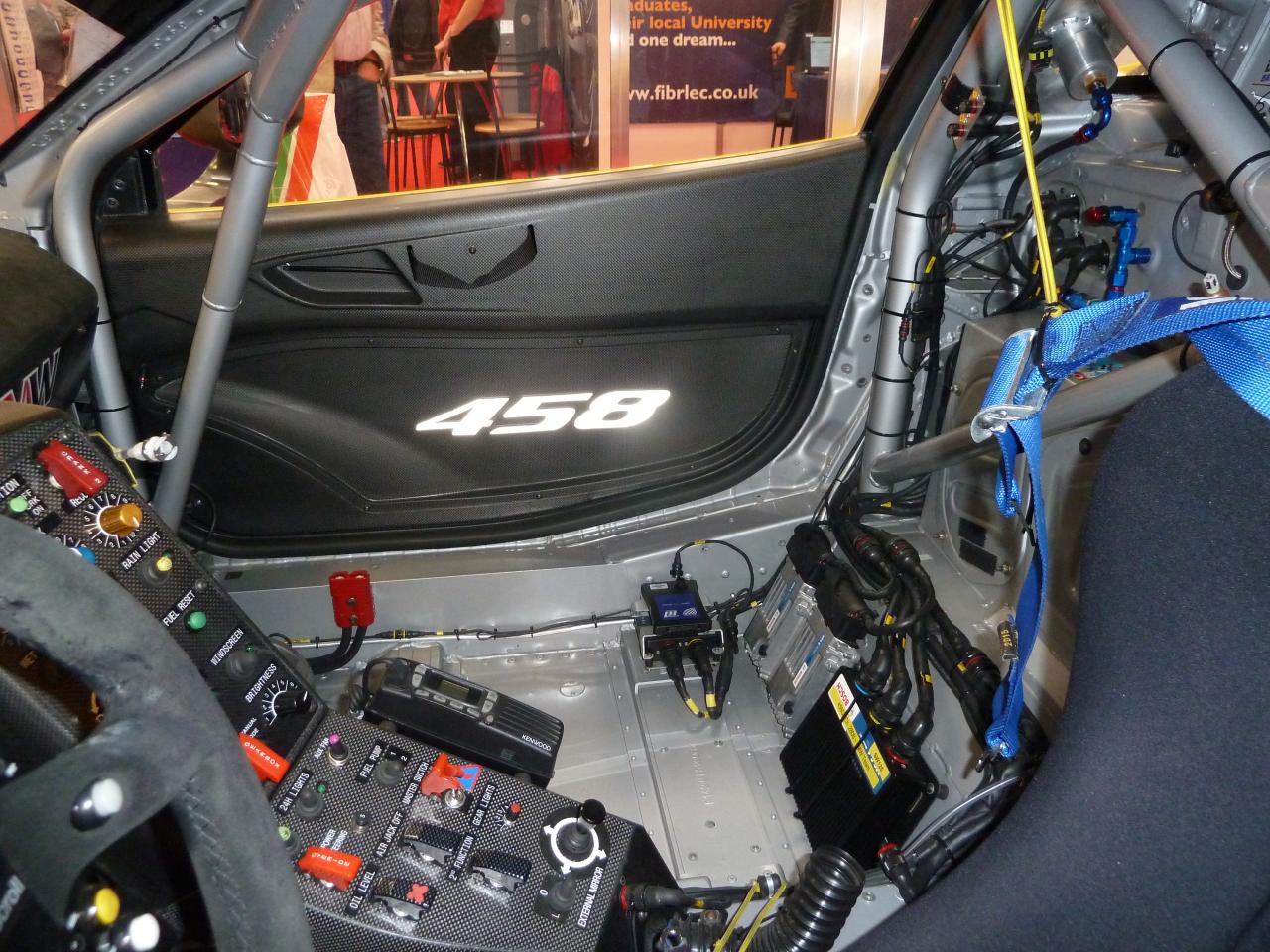
Cartek solid state master (kill) switch
I have fitted the uprated GT version of this system to my track toy project. Thanks to JP for the idea!
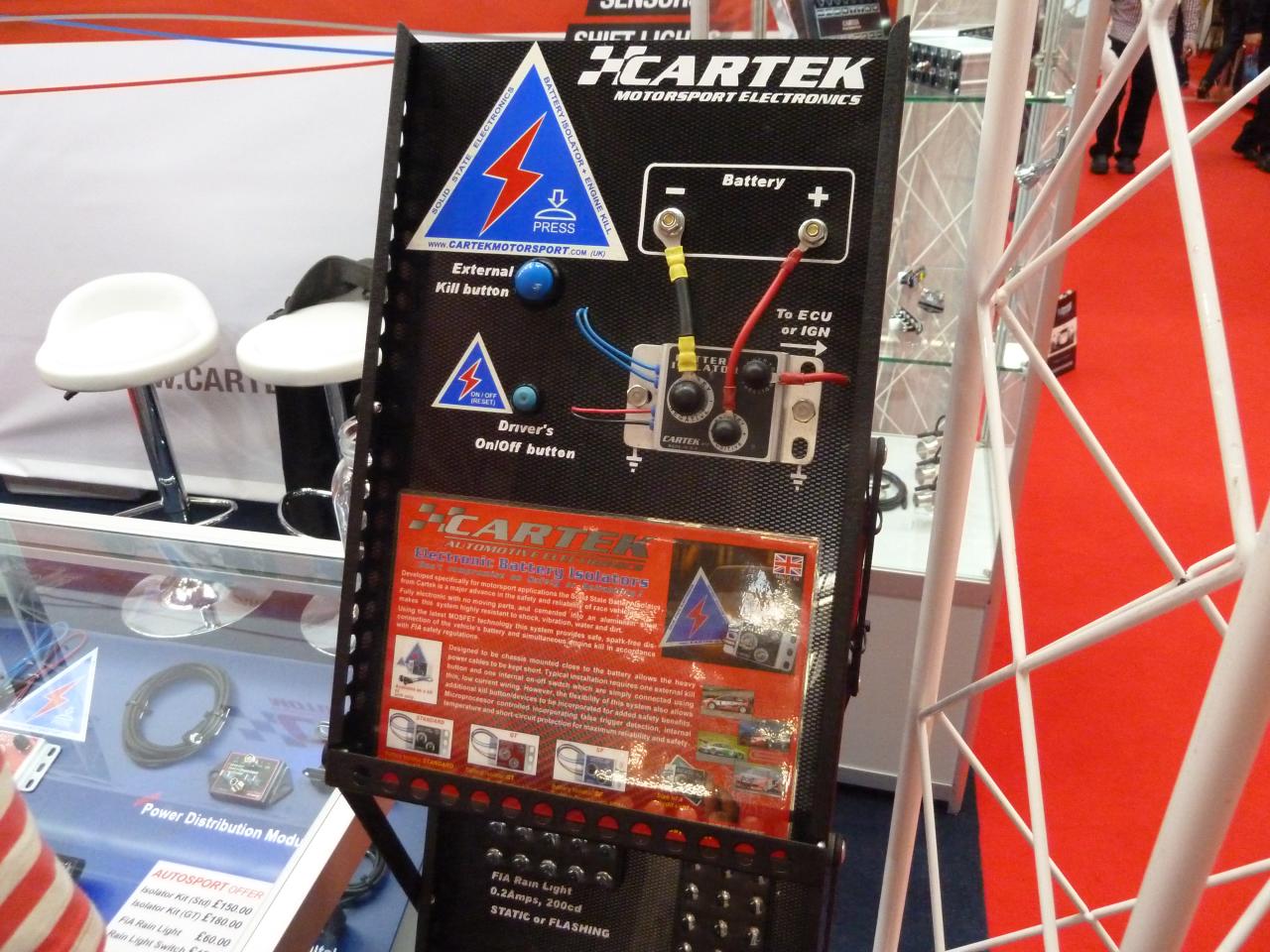
Millington Diamond 2.0litre rally engine pretty much a standard in the rally world these days although they're not cheap.
Not sure I'd want to mount the ECU on the back of the engine like that. Exposed to heat, vibration, moisture

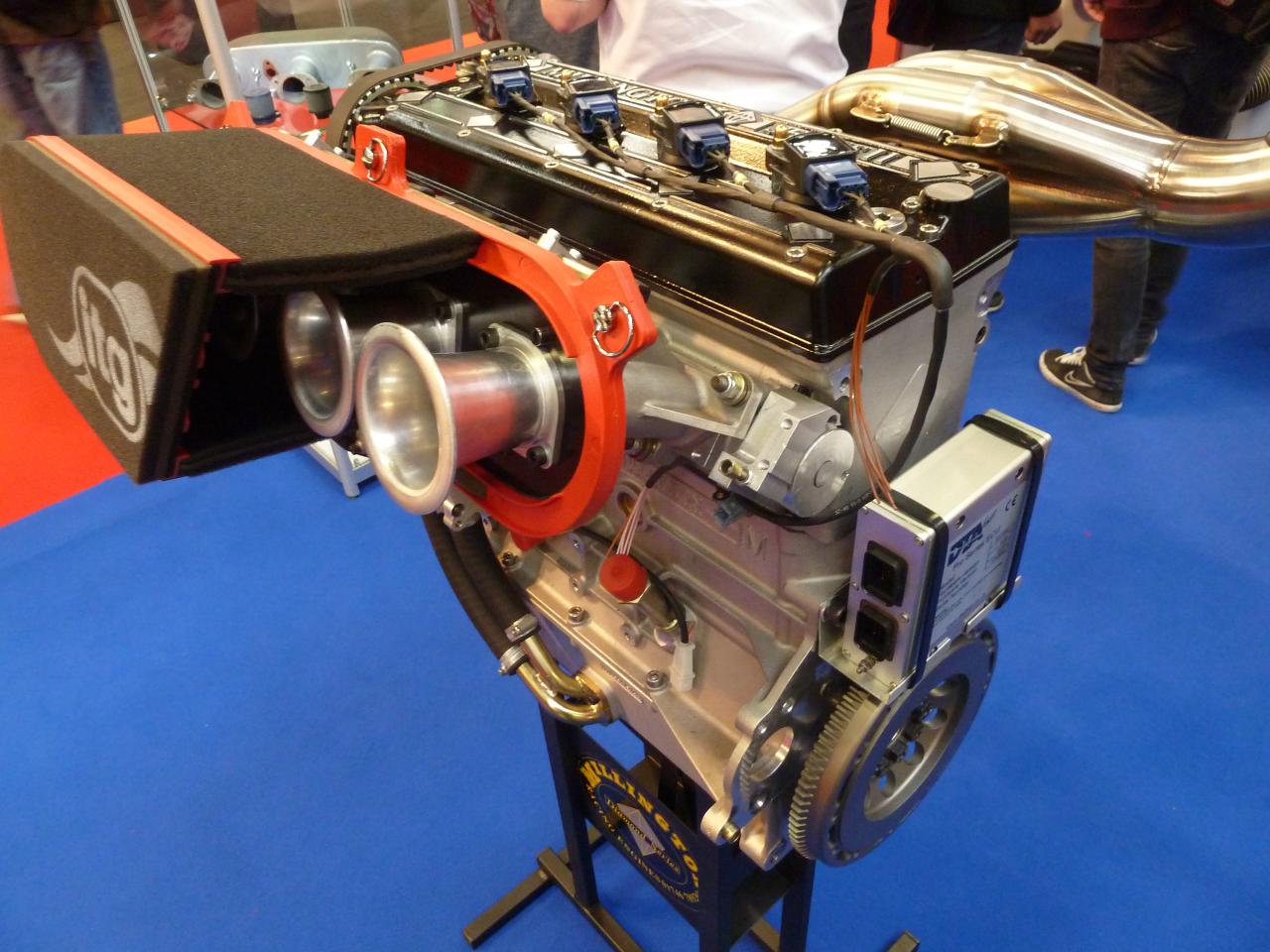
Membrane Switch Panels configurable for CAN bus systems seem to be all the rage. I'm not entirely convinced. I prefer the push button momentary switch types like the red and green you see at the top left. They are sometimes referred to as 'door bell' switches!
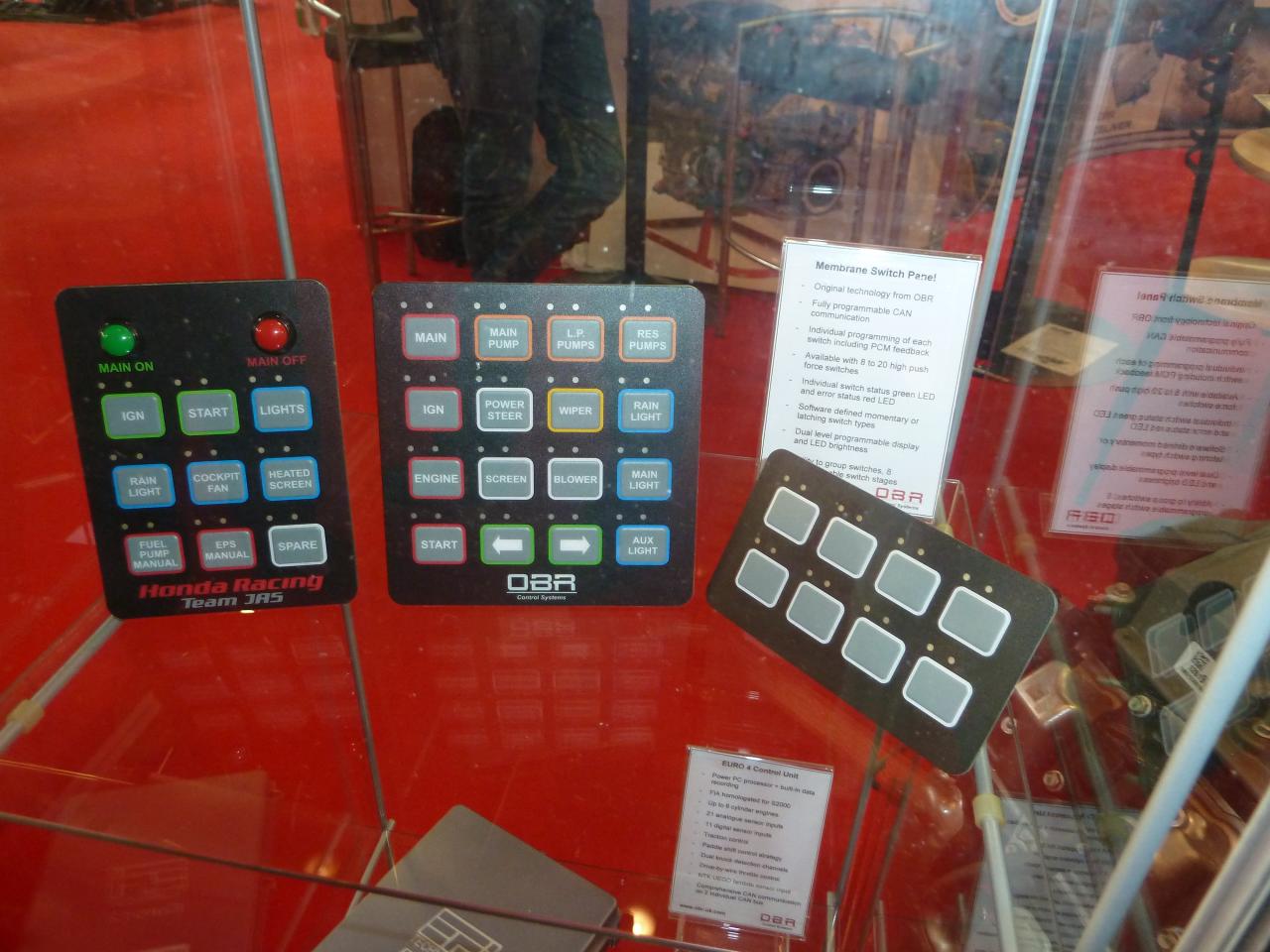
Drift spec Nissan Skyline R32. Mental rear wing!
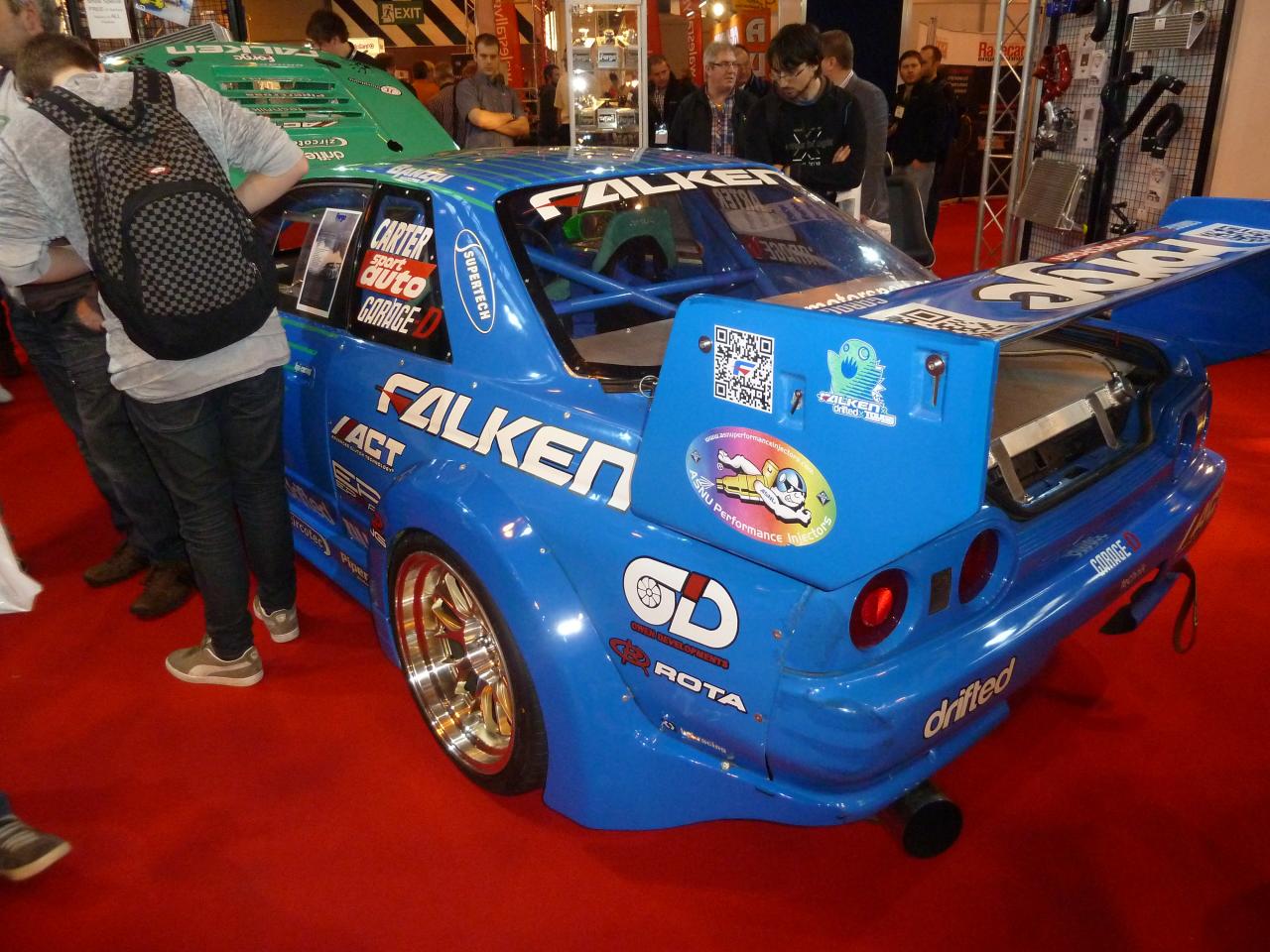
Not sure the screamer pipe through the top of the bonnet would meet with the approval of plod!


The ex-Mike Newton/RML run Lola MG/AER 2lite turbo which won the LMP2 class twice at Le Mans
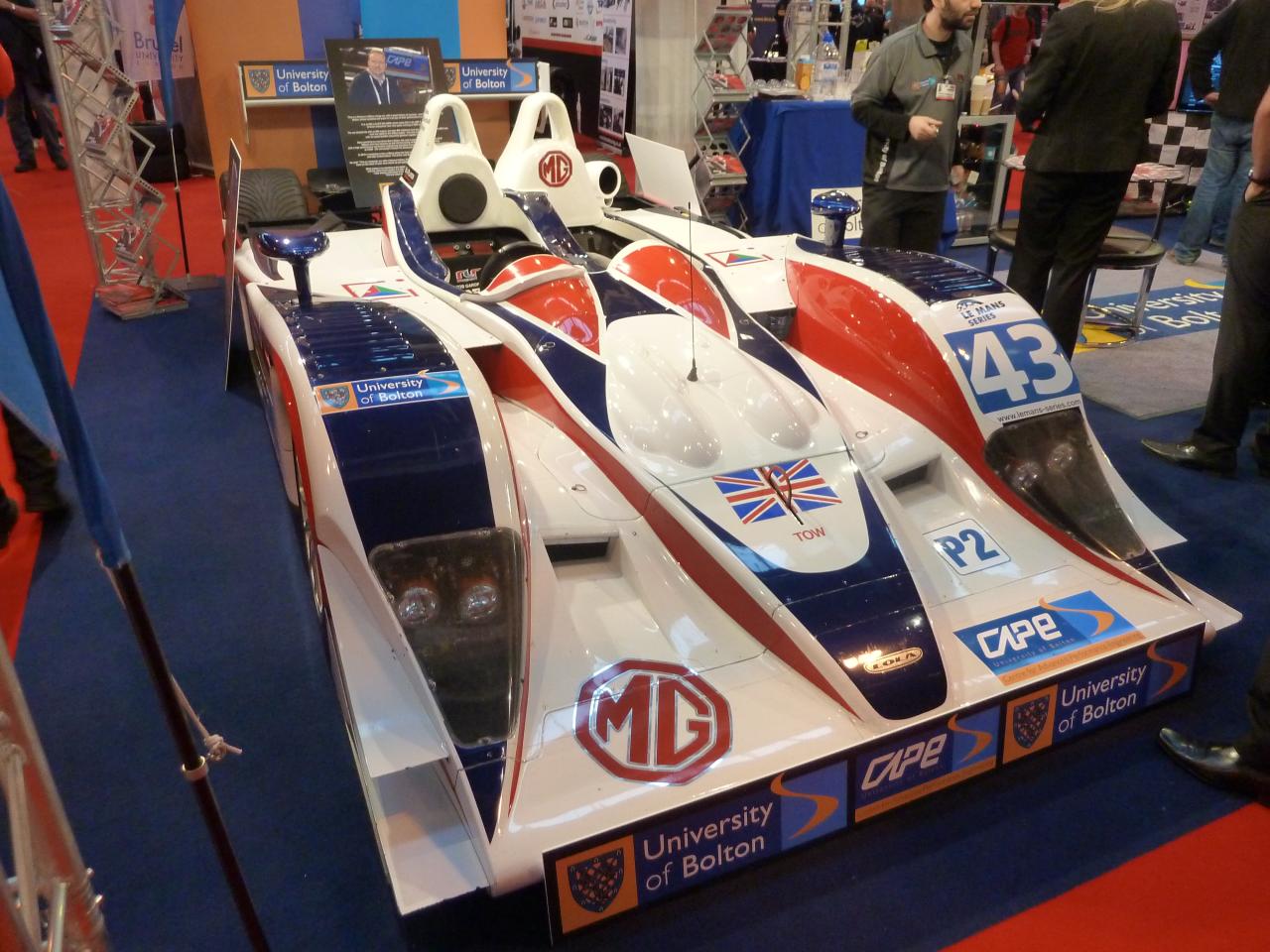
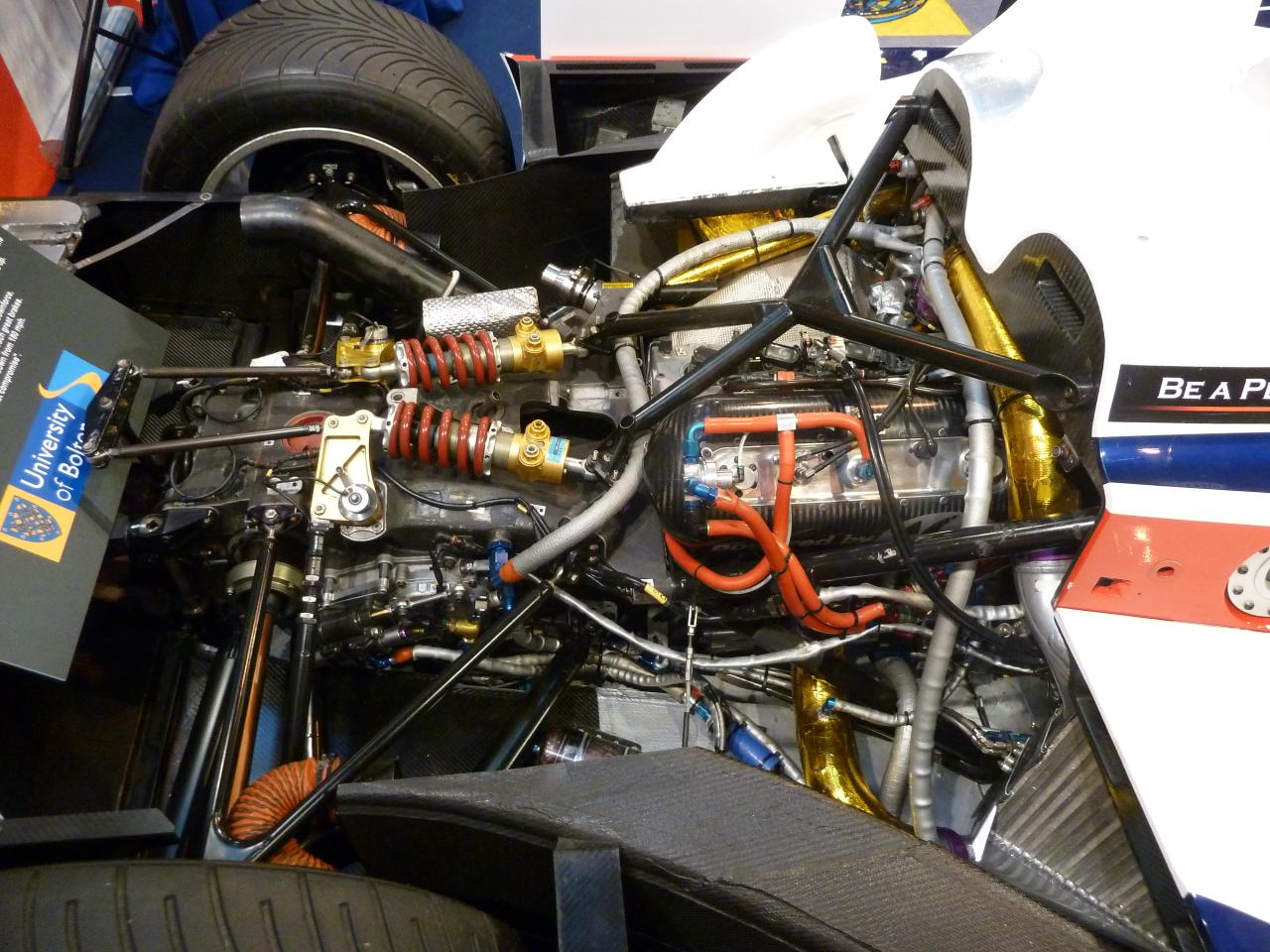
Lotus Renault F1 2013 E20-05
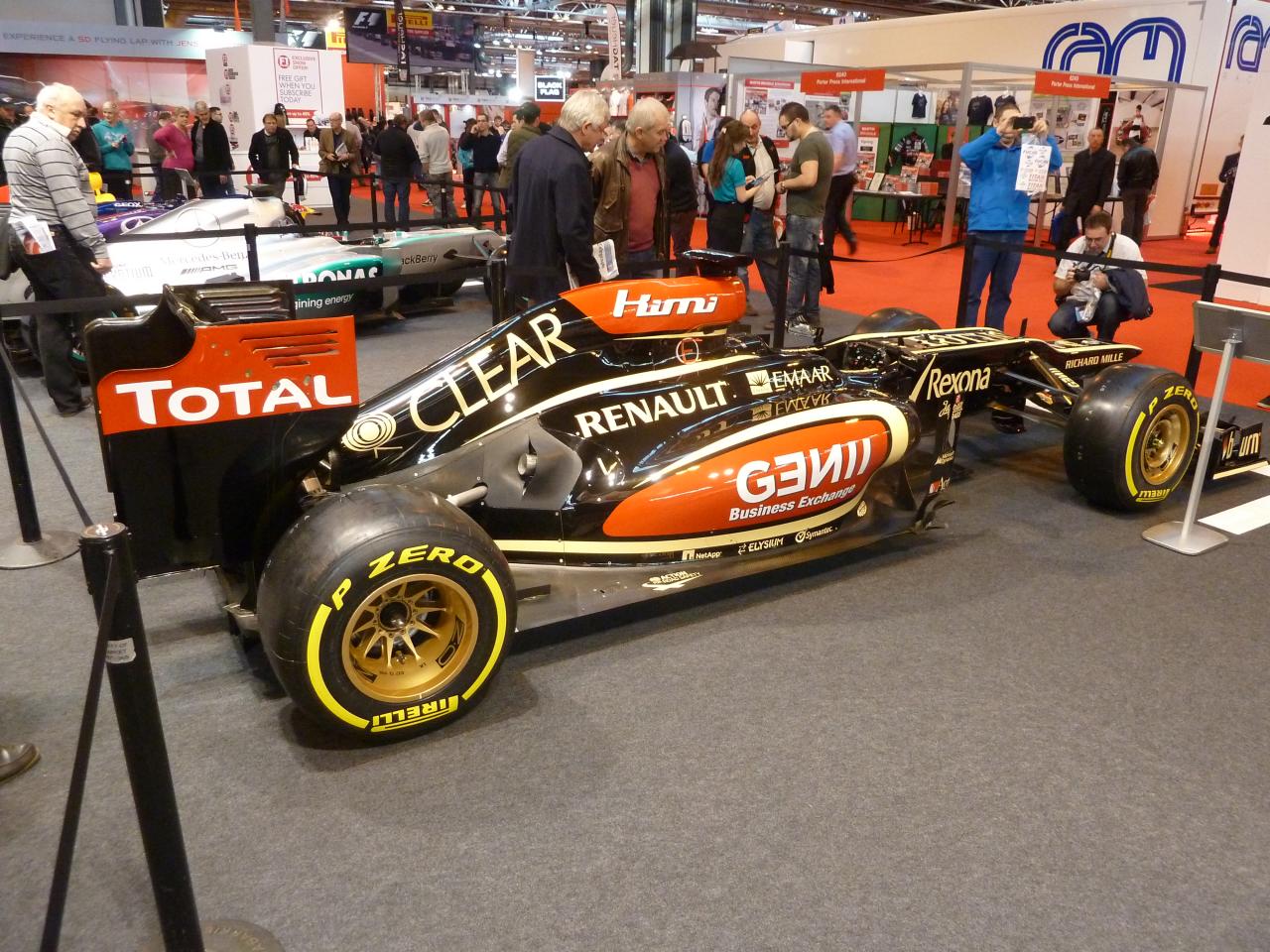
Interesting to note the Lotus uses push-button momentary and rotary switches so if they're good enough for F1 they're good enough for me!
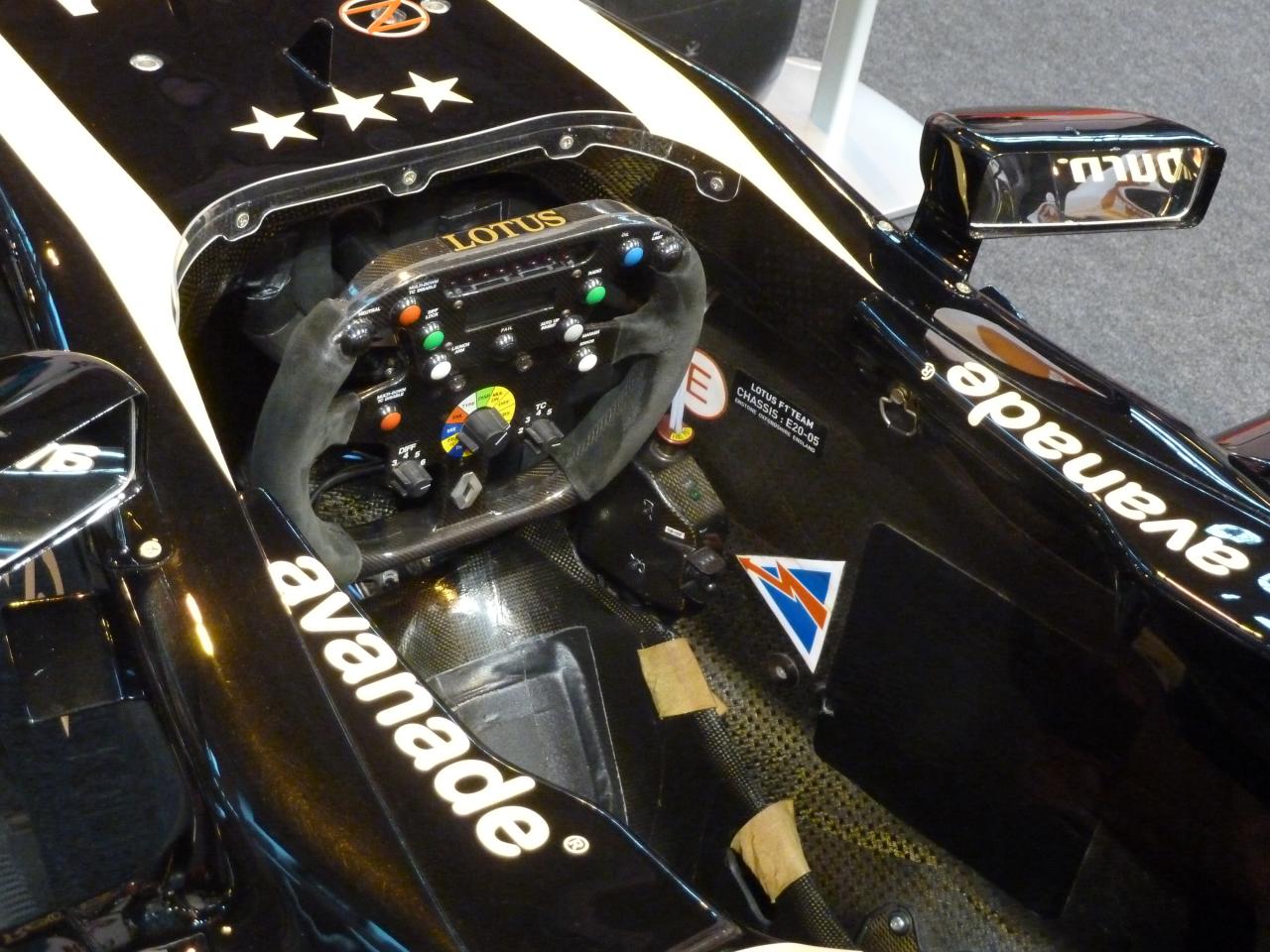
Force India F1 2013 VJM06
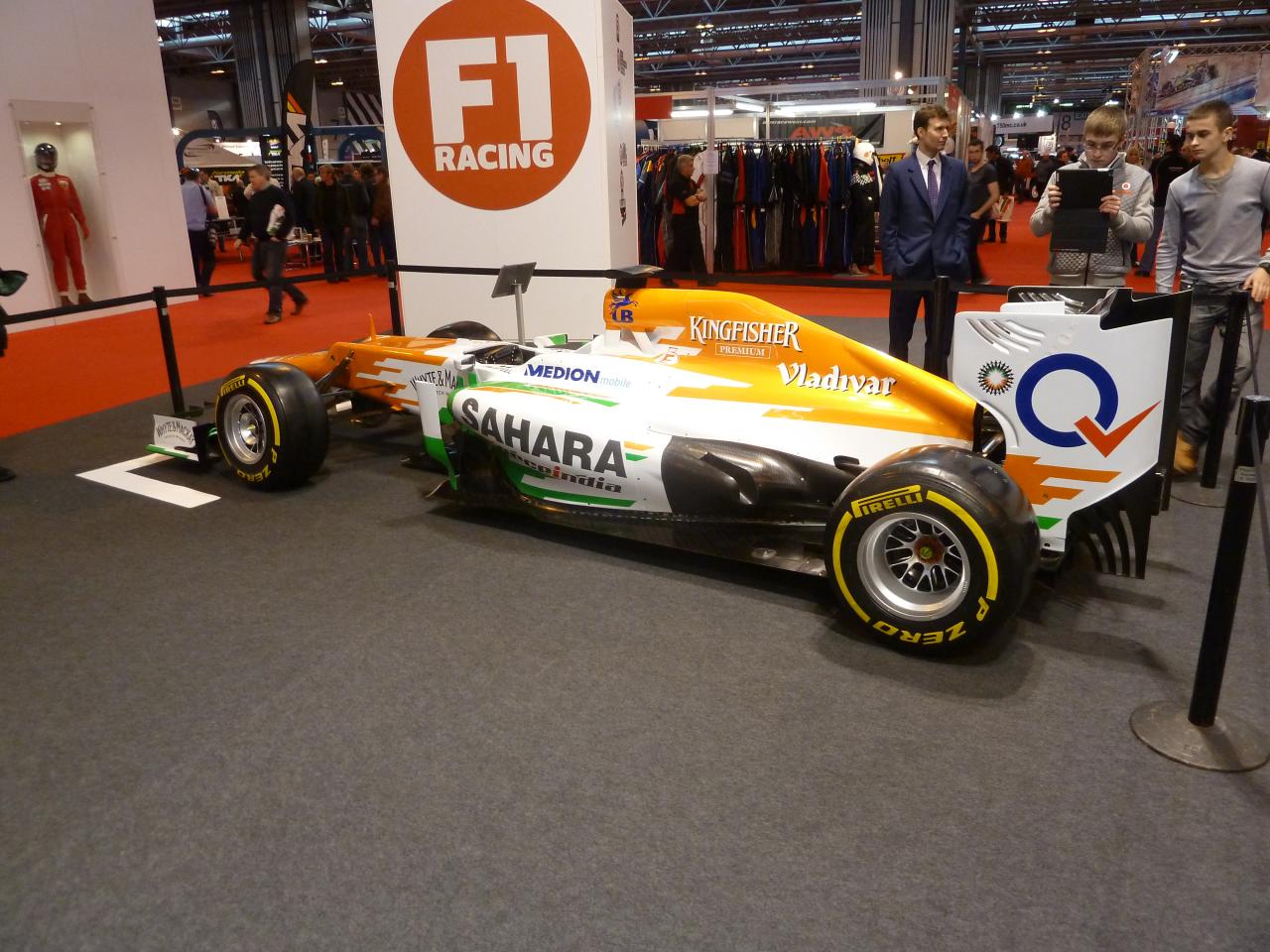
March 701 F1 1970
Nikki Lauda started his F1 career in this type of car.

Lola T88/00 Indycar 1988
A real racing car with big gumball slicks and a methanol fuelled turbo engine!
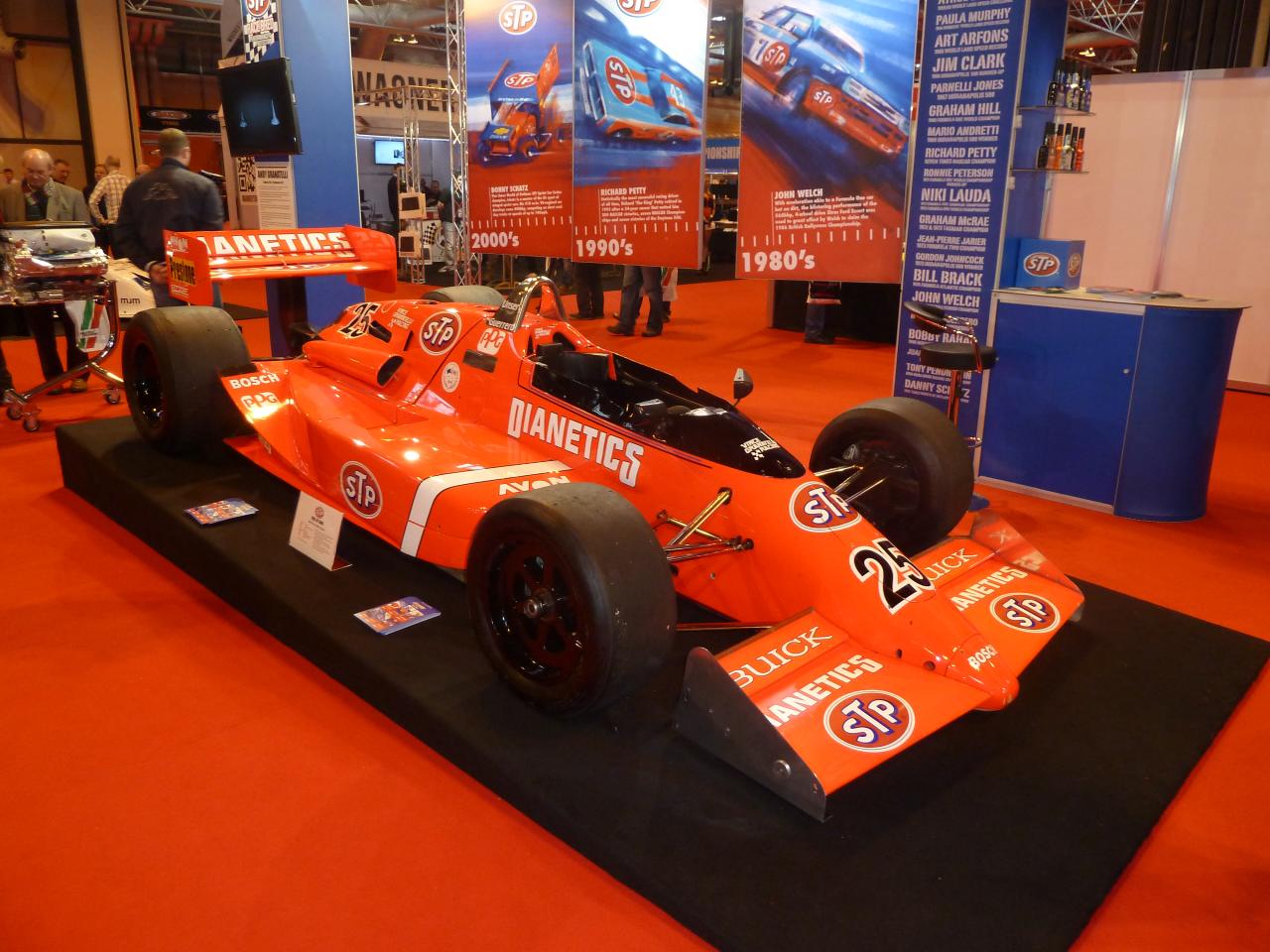
Renault Twizy F1 aero spec!

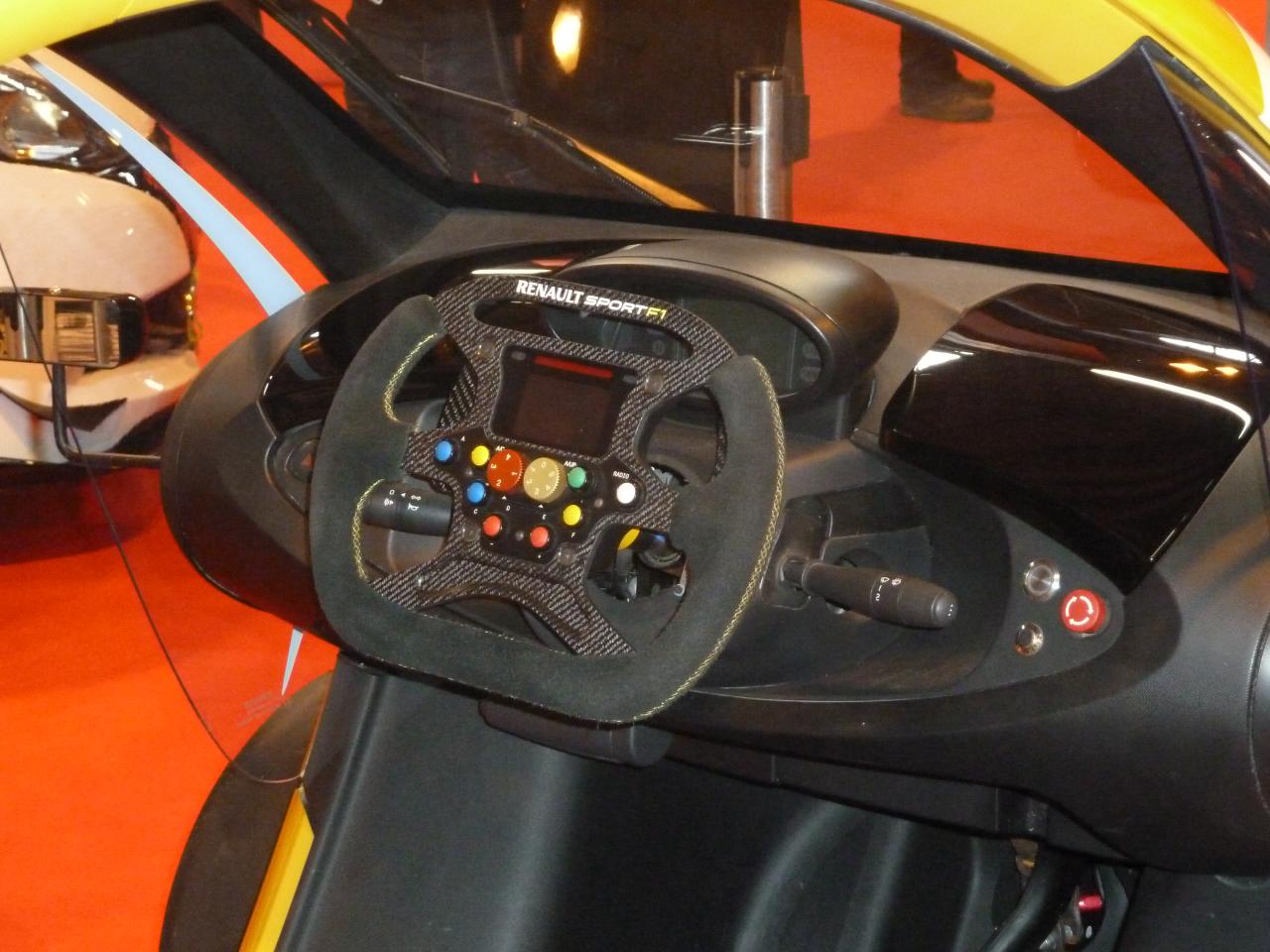
Audi R18 LMP1
This was the first time I'd seen it alongside a normal road car and I didn't realise how small it was by comparison
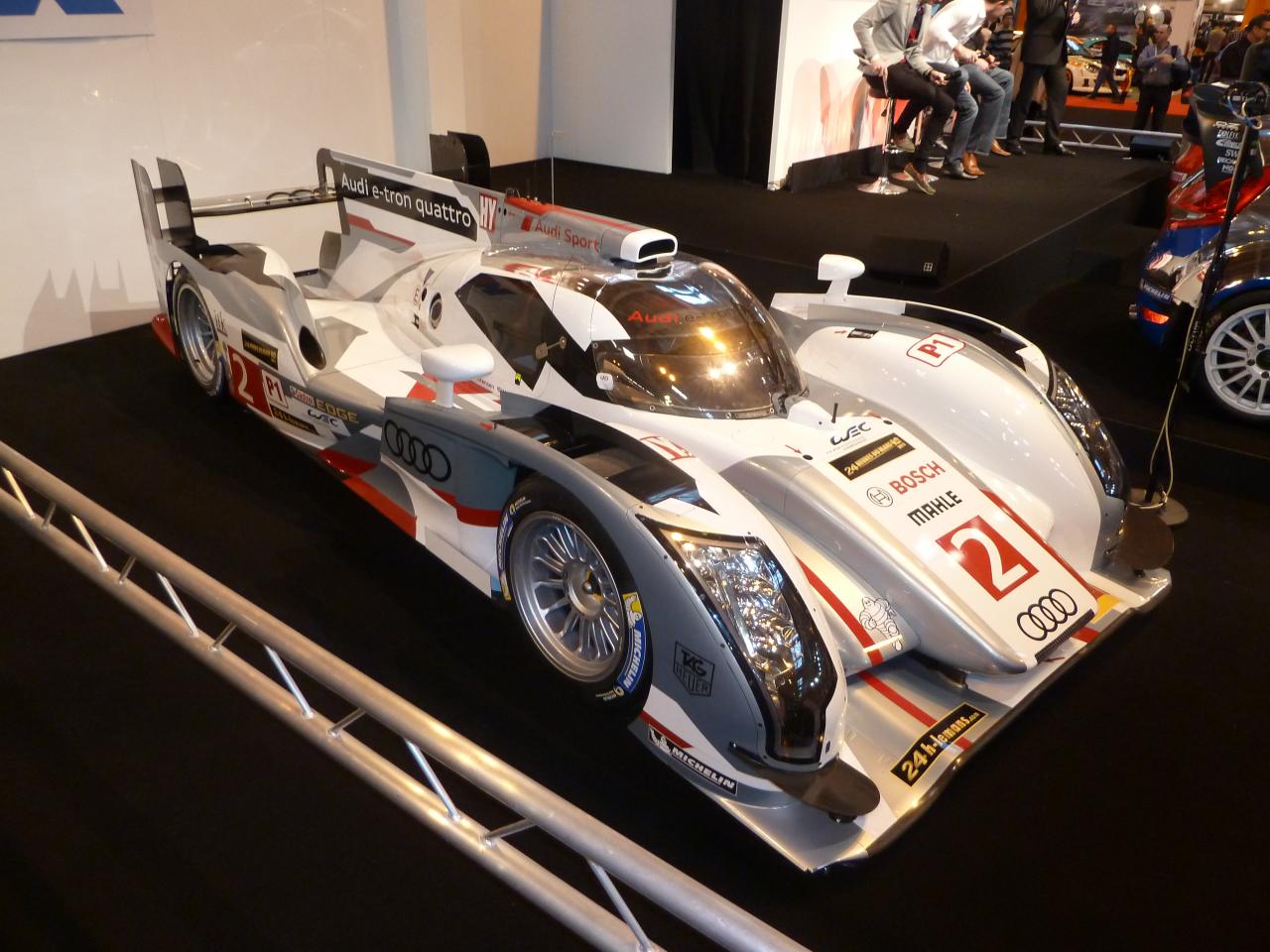
Austin A35
Goodwood Revival spec. Cute!
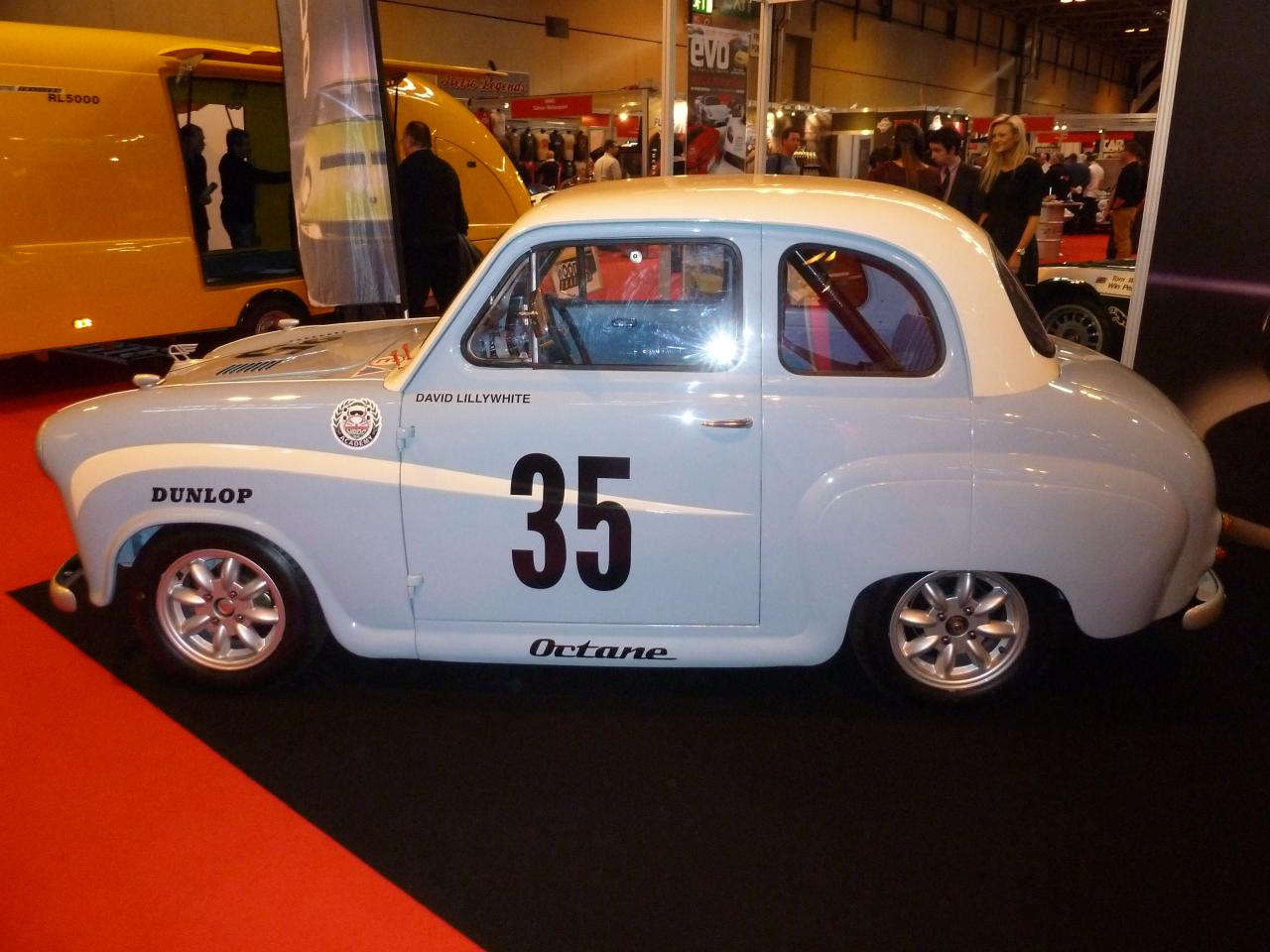
Porsche Kremer K8 was based on the Porsche 962
The car finished 6th in the 1994 Le Mans 24 Hours
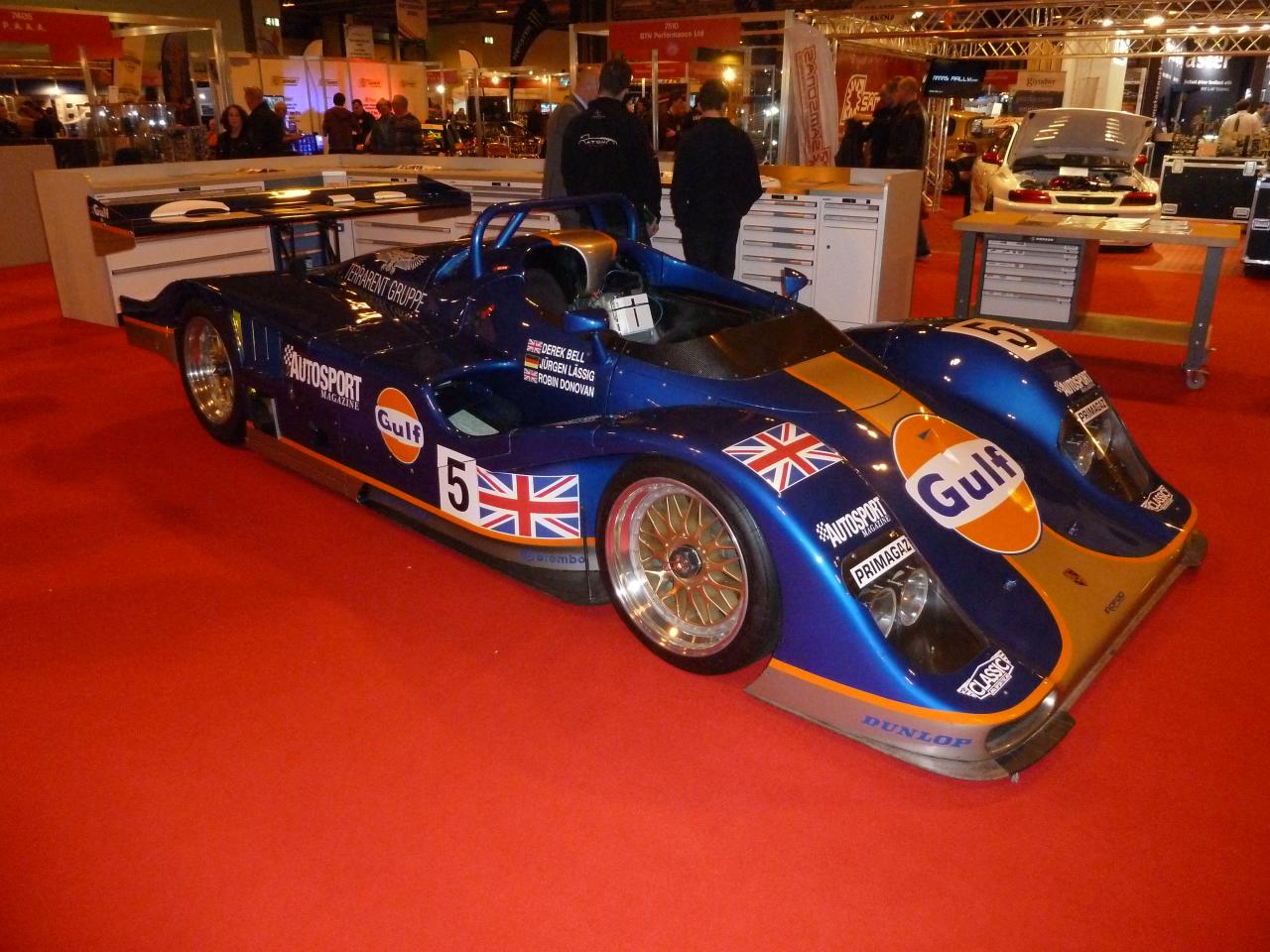
John Surtees cars were on display. Nice and simple by comparison with todays F1 cars! Virtually a 3 litre Formula Ford with Cossie DFV power that you could build in your garden shed.

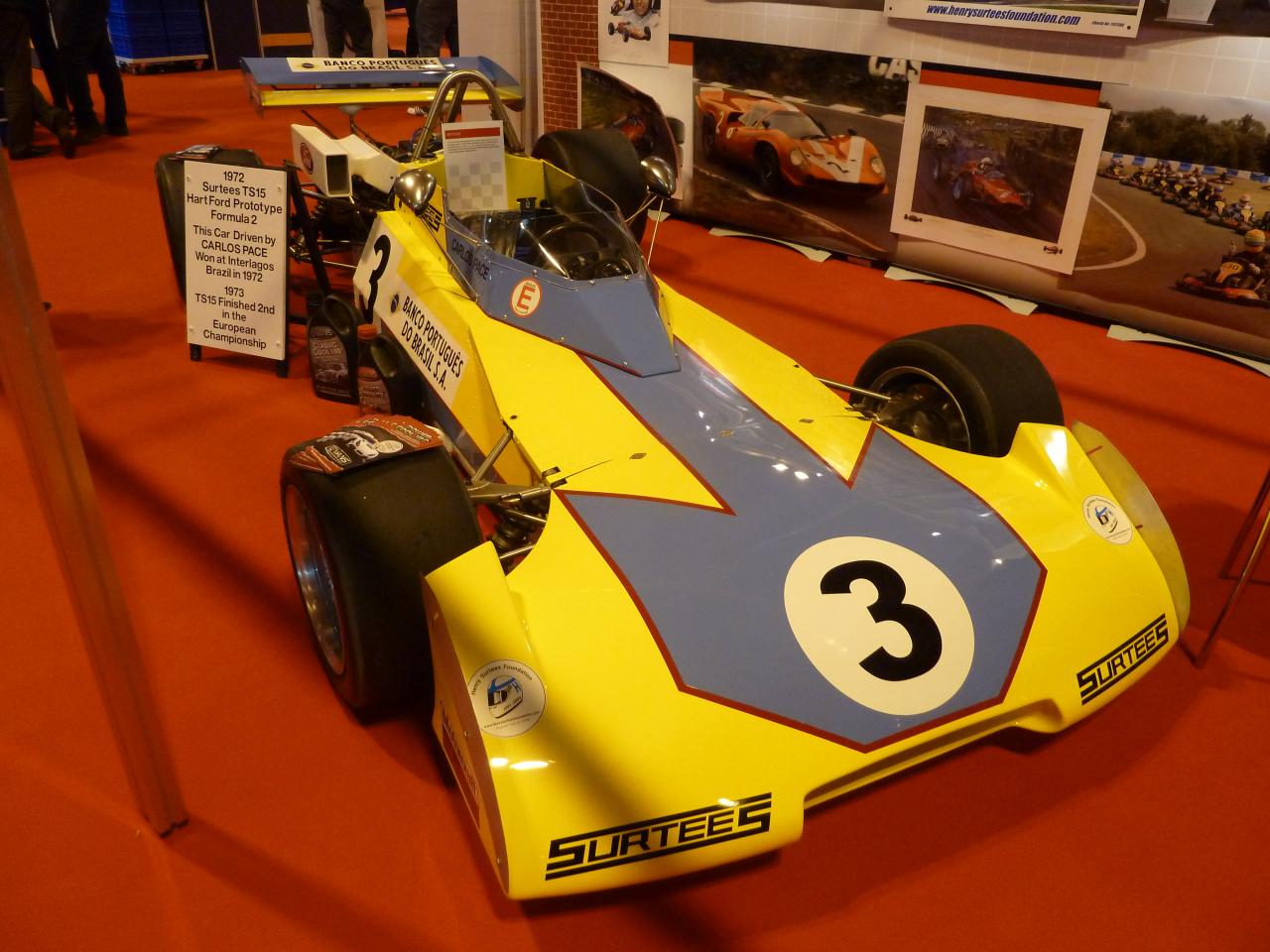
Strange Akrapovic exhaust layout on the McLaren MP4/12c
